Civil War Veteran 1862-1865
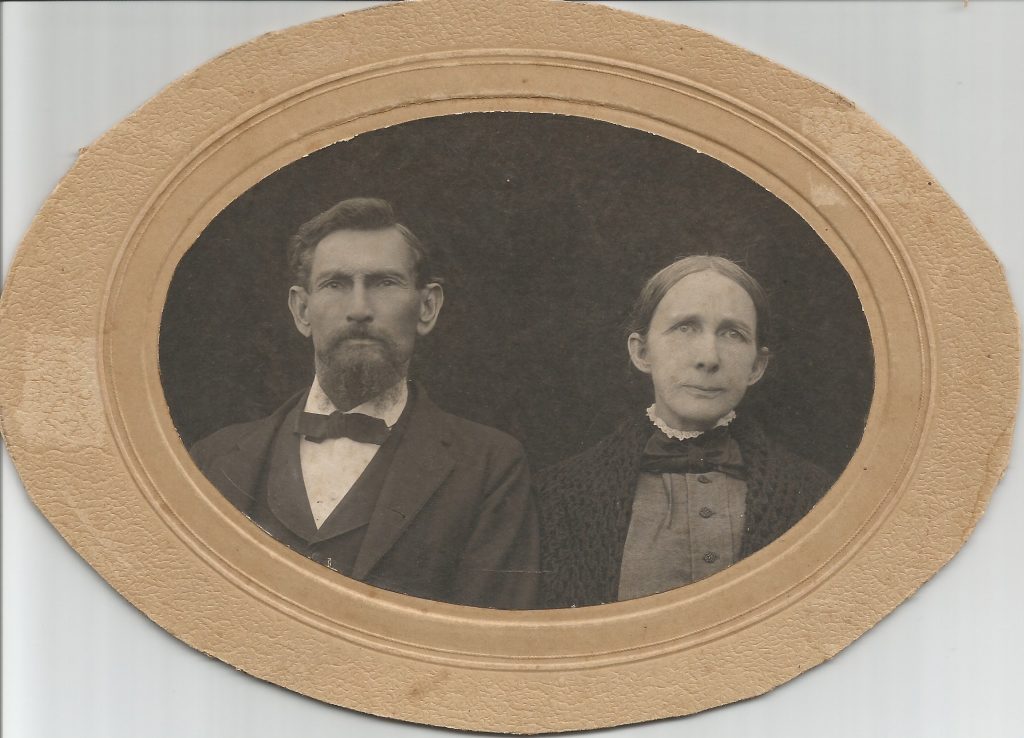
John Wesley Kimbrough
- Born: Aug. 1838 Sumner, Tennessee
- Death: Sept. 1909 Scooba, Kemper Co. Mississippi
Elizabeth Steele Kimbrough
- Born: January 1848 Scooba, Kemper, Mississippi
- Died: January 1912 Scooba, Kemper, Mississippi
Kimbrough Plantation
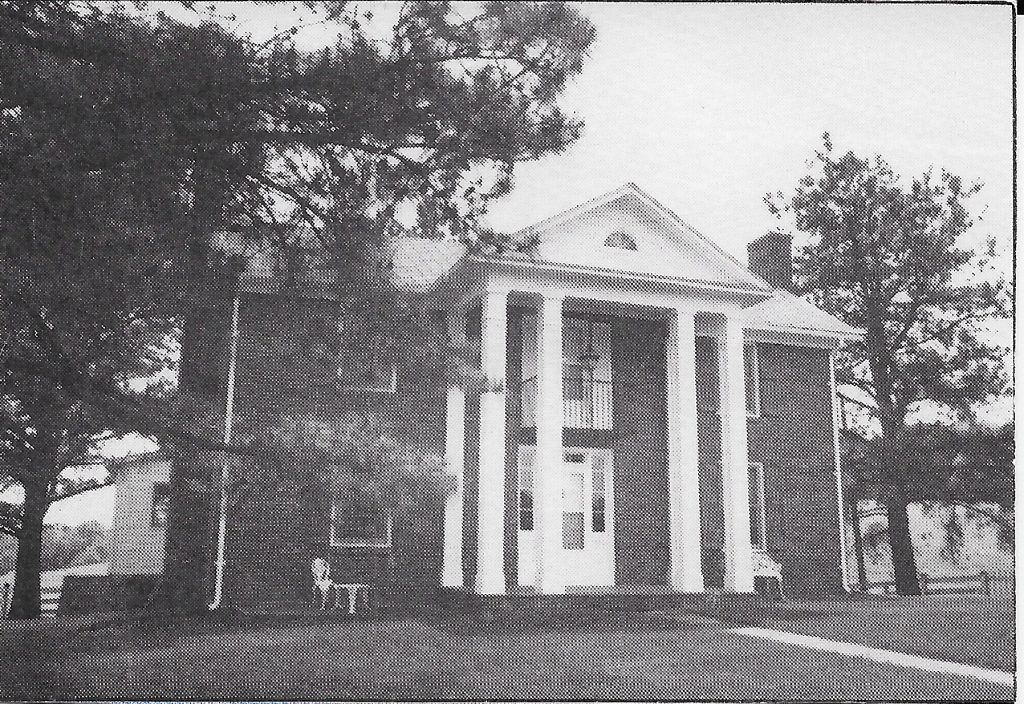
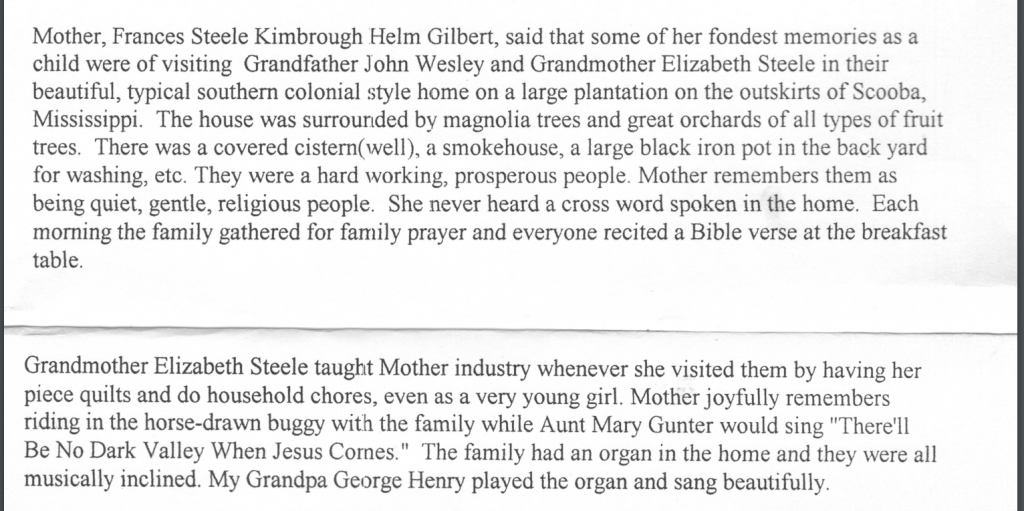
The Civil War 1882-1885
John W. Kimbrough was a soldier who fought bravely during the tumultuous years of the Civil War. He joined Company K, 11th Regiment Mississippi Volunteers in April 1861. He was single and quickly rose through the ranks from Private to Corporal and finally Sergeant by the end of the War. He fought many battles and skirmishes witnessing the atrocities of war and how it changed peoples lives. He displayed courage and bravery through some of the toughest times in U.S. history.
Great Grandfather John Wesley Kimbrough fought at Antietam Creek near Sharpsburg, Maryland. It pitted Confederate General Robert E. Lee’s Army of Northern Virginia against Union General George McClellan’s Army of the Potomac and was the culmination of Lee’s attempt to invade the north. The battle’s outcome would be vital to shaping America’s future, and it remains the deadliest one-day battle in all American military history. The Battle of Antietam began at dawn on September 17 as the fog lifted. All of Lee’s troops were worn-out and hungry, and many were sick. They watched and waited as McClellan’s army assembled along the creek’s east side. Union forces outnumbered Confederates by two to one, although McClellan thought Lee’s forces were much larger. The Union won the battle, As night fell, thousands of bodies littered the sprawling Antietam battlefield and both sides regrouped and claimed their dead and wounded. Just twelve hours of intense and often close-range fighting with muskets and cannons had resulted in around 23,000 casualties, including an estimated 3,650 dead. Our Great grandfather was wounded from a gunshot wound to his nose during this intense battle.
The next day, as Lee began the painstaking job of moving his ravaged troops back to Virginia, McClellan, surprisingly, did nothing. Despite having the advantage, he allowed Lee to retreat without resistance. From his point of view, he’d accomplished his mission of forcing Lee’s troops from Maryland and preventing a Confederate win on Union soil.
President Lincoln, however, wasn’t pleased. He thought McClellan missed a great opportunity to defeat the Army of Northern Virginia while they were down and potentially end the war. After the war-weary general repeatedly refused Lincoln’s orders to pursue Lee’s retreating troops, Lincoln removed McClellan from command.
John Wesley Kimbrough reported to the hospital at Chimbrozo, Virginia for a month due to his facial wounds from fighting at the battle of Antietam.
Another battle that John Wesley Kimbrough courageously fought in was the battle of Gettysburg. John Wesley Kimbrough rose to rank of 5th Sergeant by June 1863 and in July 2nd and 3rd he participated in the Battle of Gettysburg. Soldiers described the battle as follows:
“The charging Confederates were brave men, –in fact, no braver ever faced death in any cause, and none ever faced more certain death!
Almost at the same moment, as if every lanyard was pulled by the same hand, this line of artillery opened, and Seminary Ridge blazed with a solid sheet of flame, and the missiles of death that swept it’s western slopes no human being could endure. After a few moments of the belching of the artillery, the blinding smoke shut out the sun and obstructed the view. We of the infantry fell into line between the artillery sections and assisted with our musketry, keeping up the fire until our pieces grew hot in our hands, and the darkness, as of night, had settled upon us. Not a Confederated reached our line. After we had ceased firing and the smoke of battle had lifted, we looked again, but the charging Confederates were not there. Only the dead and dying remained on the bloody slopes of Seminary Ridge. “ As described by one of the boys from the Fourth United States Artillery
“All around them the air became hot as from a furnace; above the sky was obscured with the clouds of sulphurous smoke; the sun was veiled and fled in haste toward the shelter of the western mountains. The earth trembled; the rocks were overturned; the hills shook beneath their violent contortions. The valleys and fields ran red with the blood of their carnage.”
Pickett’s charge was fought on July 3rd, 1863 and was the culmination of the Battle of Gettysburg. John Wesley Kimbrough, Mississppi regiment Company K rifle division, fought at the battle of Pickett’s Charge. They held the high ground up on the hill and the shots didn’t seem to affect them much. After two days of bloody stalemate, the commander of the Confederate forces at Gettysburg, Robert E. Lee, ordered a massive last-ditch assault on the Yankee center to force an end to the contest. Lee would send his men against the center of the Union line on Cemetery Ridge. Fifteen thousand men spread out three lines deep and nearly a mile wide would dash across the hell between Seminary and Cemetery ridges and up, up to the federal lines: the greatest spectacle of the war, Pickett’s Charge.
On July 3, 1863 at 1:00pm the war began, there was about a 2 hour barrage of mortar and cannon fire from the confederates but the Union troops just waited it out. The charge would be carried out by three full divisions of infantry – between 12,500 and 15,000 men, all of which would converge on an area surrounding small cluster of trees just behind the Union line. At the appointed hour, the attackers would break from cover from a forest on the edge of Seminary Ridge and advance steadily and in perfect formation across nearly a mile of open country to drive the Northern army from the high ground. Once the Federal line was split, Lee would be free to take Washington D.C. from the rear, thus ending the war in a matter of days. Pickett’s charge left 6,000 confederate troops dead, bleeding or captured on the field at Gettysburg, including most of the regimental commanders. Union losses as a result of Pickett’s Charge totaled about 1,500.
John Wesley Kimbrough was 53 out of 393 men in his troops that walked away from Gettysburg that day.
Gettysburg Memorial over looking Pickets Charge Reads—
“The 11th Mississippi Infantry Regiment, under the command of Col. Francis M. Green and Maj. Reuben O. Reynolds, formed west of the tree line on Seminary Ridge behind Maj. William Pegram’s Battalion of Artillery and immediately south of McMillan’s Woods on July 3, 1863. Shortly after 3:00 p.m., Color Sgt. William O’Brien of Company C, memorialized on this monument, raised the colors and the regiment stepped forward. Although clusters of men reached the stone wall near Brian’s Barn, the attack was driven back with heavy loss, and the remnants of the regiment reformed in this vicinity.
Combatants – 393
Killed in action/died of wounds – 110
Wounded/wounded captured – 193
Captured unwounded – 37
Non-casualty – 53
From the monument near the Brian Barn, Gettysburg:
July 3, 1863. The 11th Mississippi Infantry regiment, with its ranks growing thinner at every step, advanced with the colors to the stone wall near the Brian Barn.
The regiment was here ‘subjected to a most galling fire of musketry and artillery that so reduced the already thinned ranks that any further effort to carry the position was hopeless, and there was nothing left but to retire.
– Report of Brig. Gen. Joseph R. Davis
Monument at Gettysburg to Company K, 11th Mississippi Regiment who fought at Pickets Charge
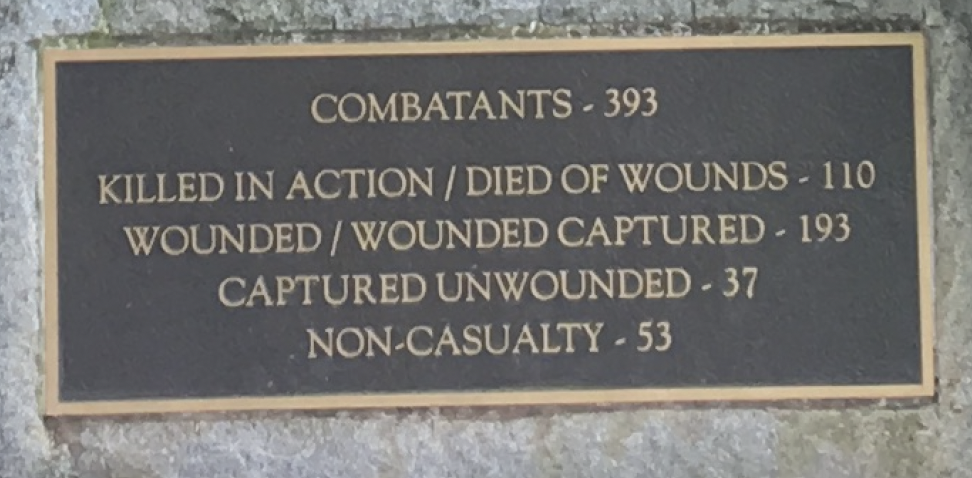
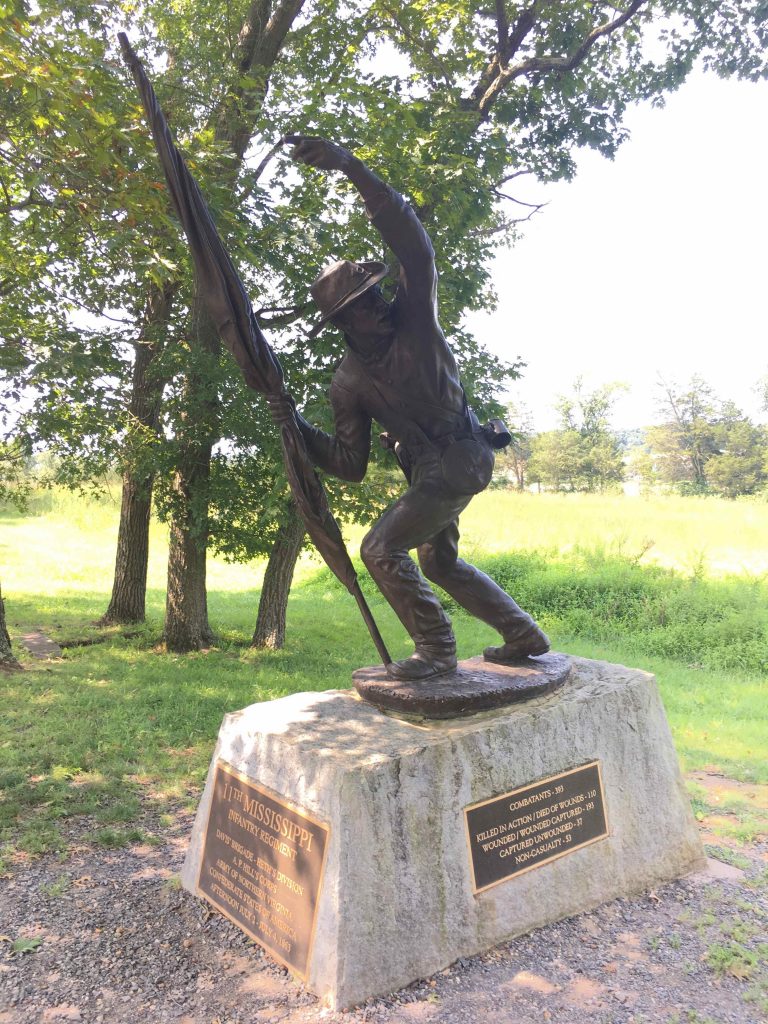
After Gettysburg he fought to keep the supply lines open for General Lee in August 1864. He was in a battle at Warren’s Railroad where the North was trying to cut the supply lines from the South for General Lee. This proved to be a loss and failure for the South as the Union troops won and General Lee had to find another route to get supplies. 4,200 casualties for the North and around 2,000 casualties for the South.
Two months later John Wesley went to Hatcher’s Run to defend the supply lines and Railroad once again. With winter approaching, Grant decided to make one last attempt to capture the Southside Railroad that supplied the Confederates in Petersburg, Virginia. Union troops were turned back and it became a victory for the Confederates. Sadly about 1,700 Yankee men were killed, wounded, or captured. Confederate losses were not reported but were thought to be less than 1,000, most of them captured soldiers. The battle was a disaster for the Union and caused embarrassment to President Abraham Lincoln’s administration just a week before the presidential election.
He started out as second Corporal in 1862 then by Gettysburg in 1863 he was fifth Sergeant and by 1864 he moved through the ranks to 2nd Sergeant and finally made Sergeant by 1865. One of his jobs was going out and arresting those that deserted the confederate army. He was ambitious in his leadership qualities and wanted to do the best job that he could.
The life of a soldier during the civil war wasn’t easy especially for John Wesley Kimbrough. Not only did soldiers face the possibility of getting killed in battle, their daily lives were full of hardships. They had to deal with hunger, bad weather, poor clothing, getting sick and even boredom. He felt the affects of camp life where men got sick with infection or dysentery and had to have time to recuperate. There are a few instances where he is listed as Absent and sick during 1861 and a few months in 1862 as well as one last time in 1865. By the end of the war, many soldiers in the Confederate army were on the verge of starvation.
It definitely wasn’t an easy life that he led during those four tumultuous years of the war with so much sickness, disease, hunger and death. He got paid $0.22 per day for all his hard work. If he worked and got paid for everyday for the 4 years of the battle he would have only made $321.20 for all 4 years.
It is listed on his muster roll that “He makes an elegant officer.” He didn’t shirk his responsibilities he was a very hard worker that followed through and kept with what he needed to do and did it well. You could say he was extremely trustworthy and dependable.

After the battle because of family events and connections he fell in love and married his second cousin Elizabeth Steele Kimbrough. There Grandfather’s were brother’s and their parents were cousins. Elizabeth was 18 years old from a very wealthy family living in Scooba, Mississippi that owned a large plantation. They were pious people who attended the local Baptist church. Two of her brothers gave their lives in the Civil War so she understood the pain and hardship John went through. He was 26yrs. old from Carollton, Mississippi (which in our day is 2 hours from Scooba, Mississippi by car.) They had seven beautiful children one died as a newborn. They both lived long lives and died within 3 years of each other. John Wesley was 71 years old and Elizabeth died when she was 64 years old.
Great grandma Frances Steele Kimbrough Helm Gilbert said that some of her fondest memories as a child were of visiting Grandfather John Wesley and Grandmother Elizabeth Steele in their beautiful typical colonial style home on a large plantation on the outskirts of Scooba, Mississippi. The house was surrounded by magnolia trees and great orchards which had all types of fruit trees. There was a covered well, a smokehouse, a large black iron pot in the back yard for washing, etc. Grandmother Elizabeth Steele taught grandma Gilbert industry whenever she visited them by having her piece quilts and do household chores, even a very young girl. Mother joyfully remembers riding in the horse drawn buggy with the family while Aunt Mary Gunter would sing, “There’ll Be No Dark Valley When Jesus Comes” The family had an organ in the home and they were all musically inclined. They were a hard working prosperous people. Mother remembers them as being quiet gentle, religious people. She never heard a cross word spoken in the home. Each morning the family gathered for family prayer and everyone recited a Bible verse at the breakfast table.
Notes on John Wesley Kimbrough
Enlisted April 29, 1861 3rd Corporal Age 21
“He has made an elegant Soldier
May 13th 1861 2nd Corporal
Captain Robert W Williamson’s Company K; 11th Regiment Mississippi Volunteers
July/August 1861 Sick in Camp
Sept/Oct 1861 Absent on Sick leave
Nov/Dec Present and better
Feb. 8th 1862 Furloughed 46 days; Camp Fischer, VA
Mar/April 1862 2nd Corporal
Sept 26, 1862 Gunshot to the nose Transferred to hospital
1862 Corporal Company K 11th Regiment Mississippi Infantry; Chimbrozo Hospital
Oct 22 1862 Admitted Wounded in Face
Oct. 24, 1862 Released
May/June 1863; 5th Sergent
March 1864 listed as 2nd Sergent
Sept/Oct 1864; 3 Sergent
Absent on Recruiting Service
Jan. 1865 Sergent; Arresting deserters
1865; Prisoner of War
Gettysburg, PA- Picketts Charge July 3, 1863 3-3:30pm

I circled the 11th Mississippi Regiment and their position on the battlefield. The Red is the Confederate line and the blue is the Union Line.
Gettysburg- Picketts Charge July 3, 1863 4-4:15pm
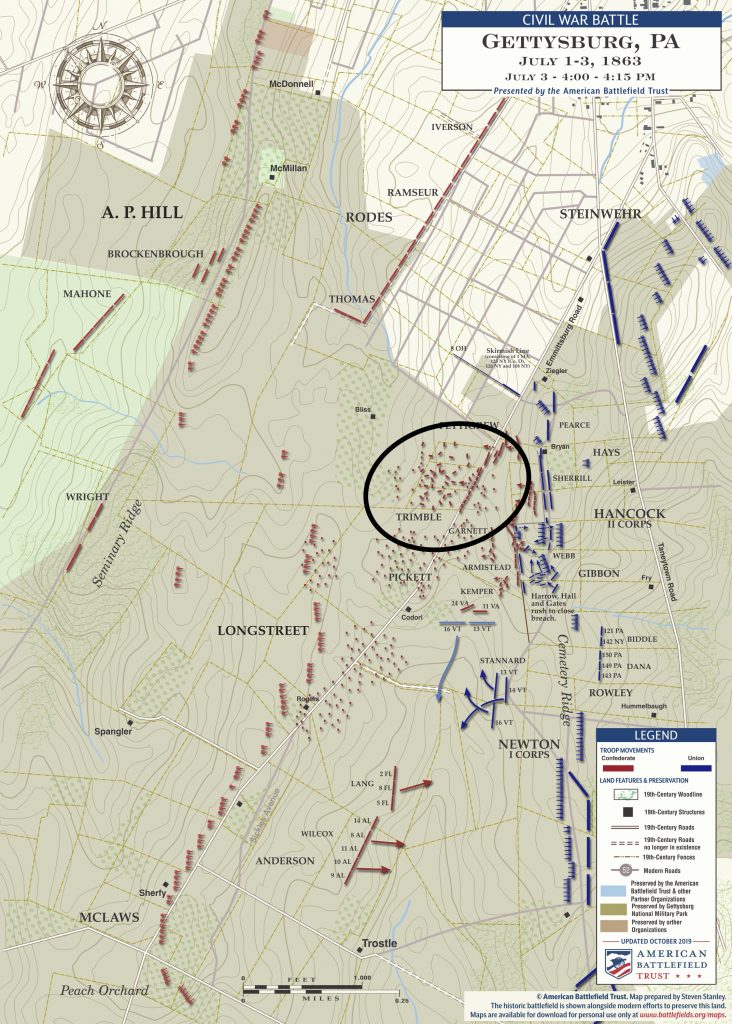
John Wesley’s position is circled. He fought somewhere on the front line that fateful day.



